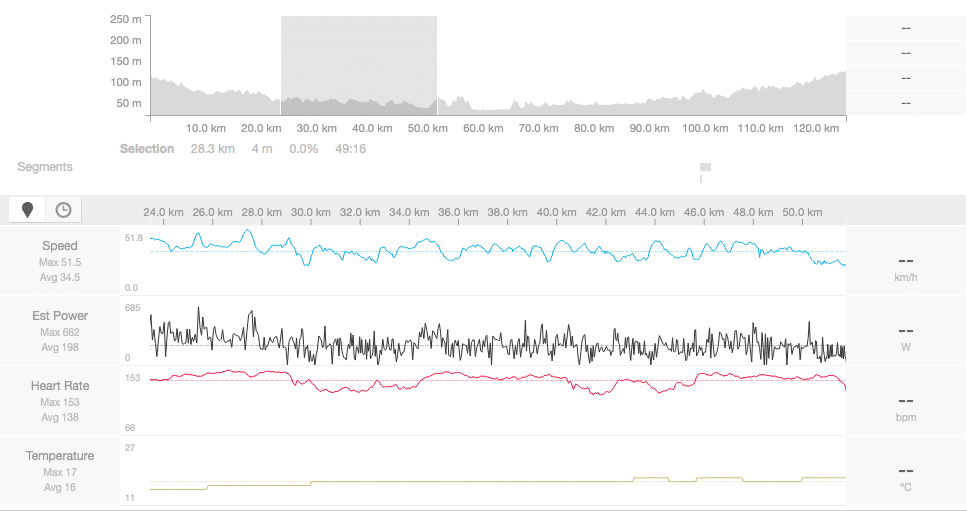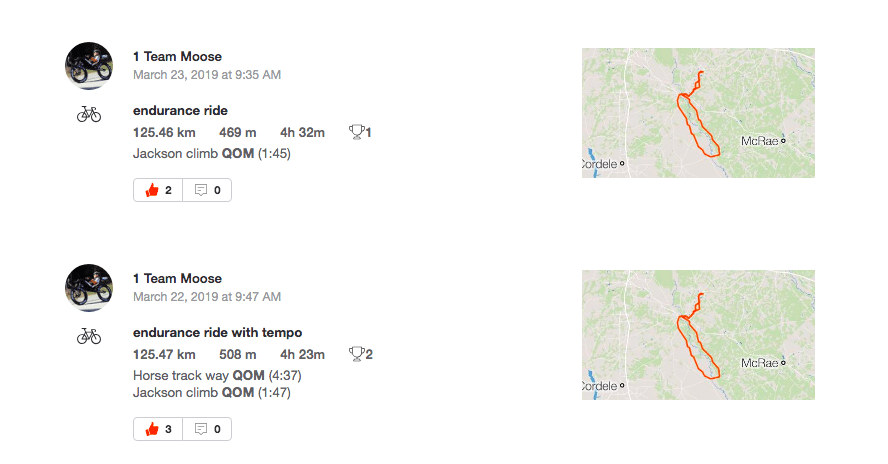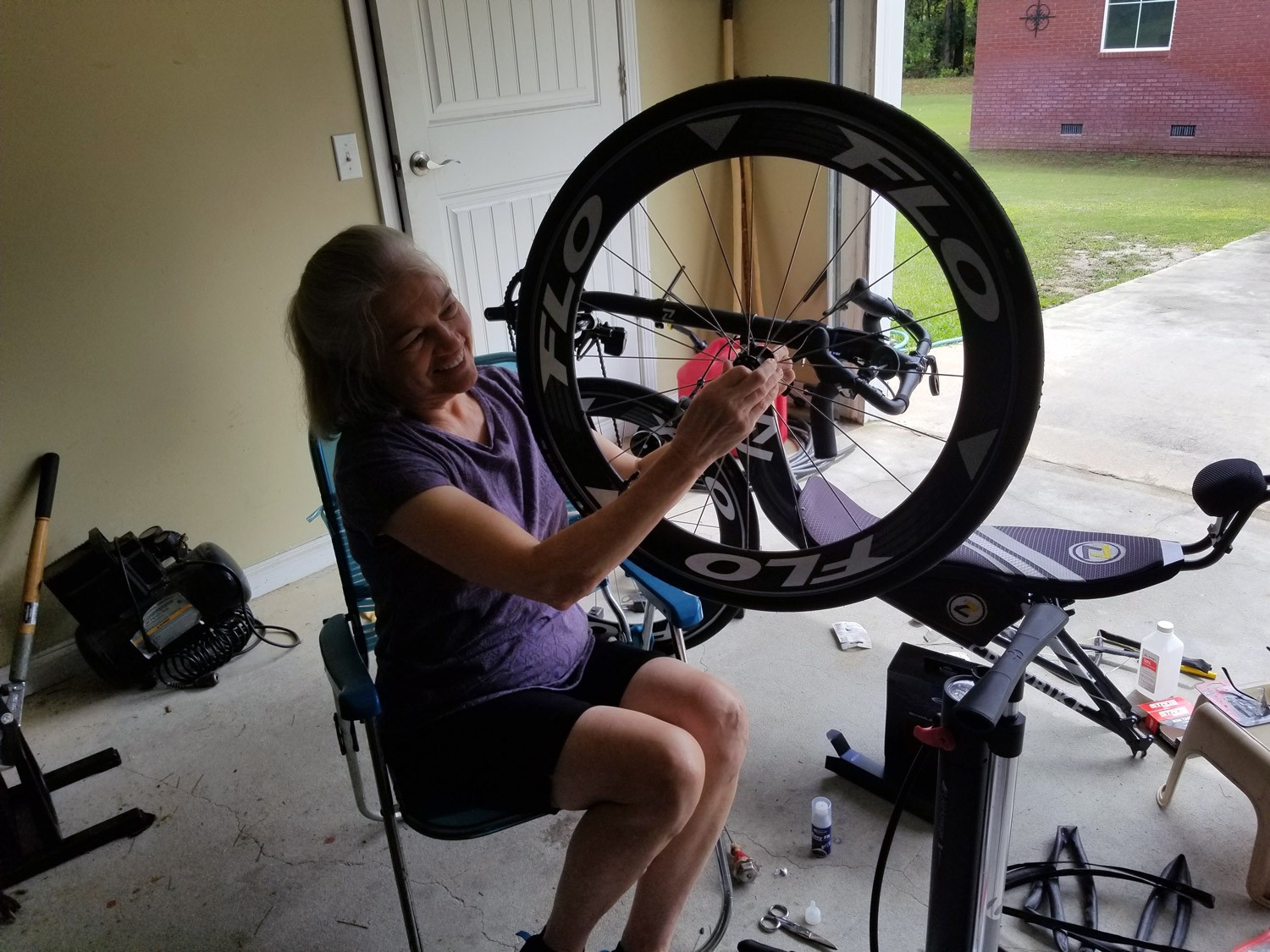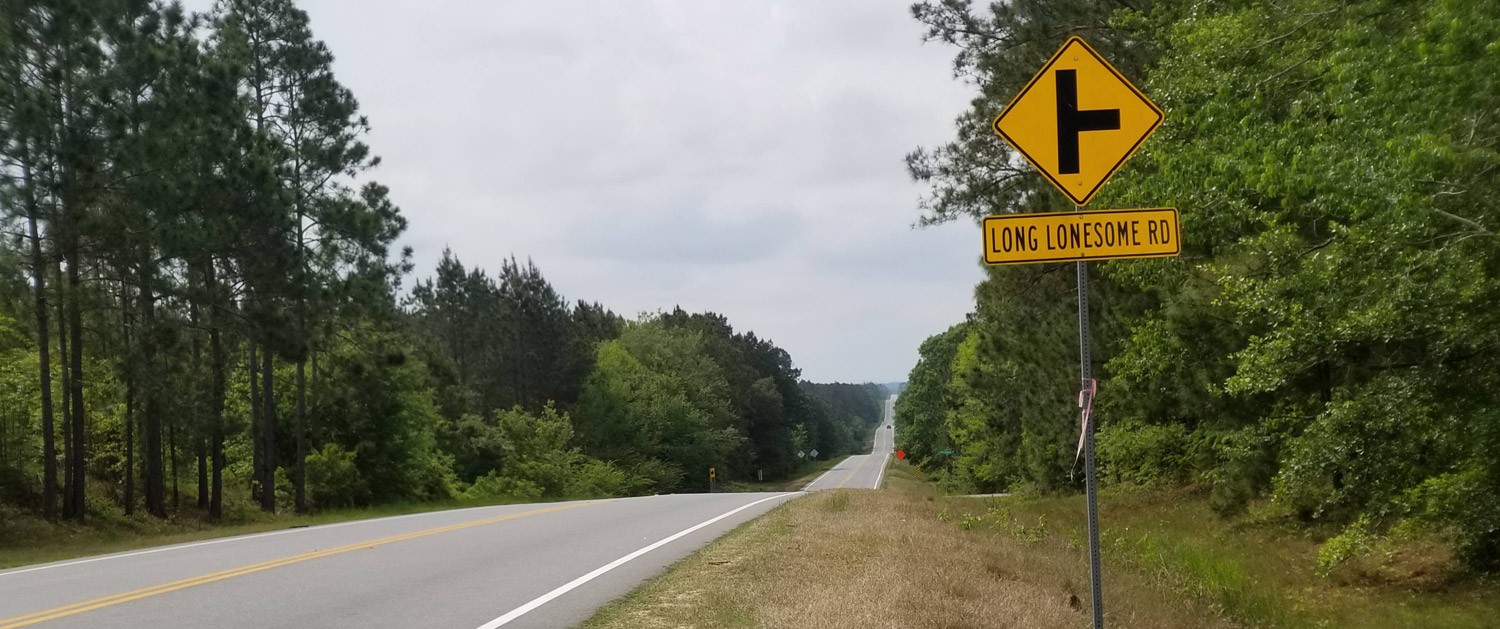In the last four months Connie Swinson has changed fundamentally as a cyclist. It has been incredible to see even for me as a coach used to seeing athletes improving with structured training. When we started Connie rode a lot at one of two efforts and speeds. For short Zwift race and group rides, she rode hard often starting above threshold and gradually settling into an uncomfortable tempo for the 40-90 minute sessions. For long rides, the pace was more restrained and heart rate mostly stayed around 110 bpm (~65% of Max) with average speed below 25 kmh.
That was in January and by March Connie was cracking out all sorts of personal best efforts from 10 seconds to 10 hours. Tempo, Sweetspot and Threshold intervals became distinct efforts as Connie built the ability to change her pace and recover over and over again. We ticked off the 400km distance qualifier as mentioned in the last article and looked towards the longest and final 600km qualifying event at the beginning of April.


Doing Our Homework
Each step of the qualification process for Paris-Brest-Paris is exponentially harder than the last. The 200km event is grueling but only requires a solid pace, consistent fuelling and good pacing in an effort shorter than the average 9-5 work day. The 400km changes things, taking 16-20 hours and dipping into an athlete’s psychological reserves. The last few hours are in darkness, calorie expenditure approaches 10,000 and central nervous system fatigue mounts. Connie came through strong in both of these efforts though and we hoped with a few tweaks in preparation the 600km would be no different.
The time limit for a 600km Brevet is 40 hours and most riders will complete it over 2 days. To account for this I had Connie complete back to back long rides on multiple occasions leading up to the event.
We were never going to ride double-digit hours on back to back days and it would do more harm than good to attempt that in training. Instead, I had Connie do an intense 4-6 hour ride on the first day of the block featuring long periods at tempo effort and a high pace overall. I wanted to stimulate glycogen depletion and muscular fatigue with hard efforts. On the second day of these blocks, we reverted to a more event-specific endurance pace where I challenged Connie to maintain a steady, strong pace with tired legs and depleted fuel stores. We tested race nutrition and hydration and tried to finish strong on a mentally demanding training effort. These 2-day blocks combined with Connie’s successful 400km event ride would give us the aerobic and muscular endurance required for the next big step.
We also considered the increased demands of nighttime riding during such a long event. Connie committed to doing more bike handling focused rides in the dark and equipped her bike with appropriate lights. She even honed her skills fixing minor mechanical issues, knowing that even something as simple as a flat after 20+ hours of riding would be a demanding mentally.

Coming Up Short
An inevitable consequence of constantly pushing your limits as an athlete is that sometimes they push back. That is what happened in the 600km attempt. The first several hours were solid as usual but things began to unravel. One of Connie’s biggest assets on the road is the presence and support of her husband Hardy. Hardy has some serious experience with Brevet events and can act as a guide in what is uncharted territory for Connie.
After 12 hours though, Hardy had to abandon with GI distress and Connie soldiered on solo. Things inevitably got tough and then got dangerous after a few hours of heavily fatigued riding in the dark. Connie struggled to control her bike and was unable to continue. She rode from 3 am to 10:30 pm and recorded 393km.
What We Learned
As I have discussed previously, this is a new challenge for me as a coach just as it is to Connie as a rider. I think we failed to plan adequately for sleep periods, duration of night riding and how to make the most of the 40-hour time limit. I know Connie can cover the distance in that time period and after the event she realized that she had far more flex time to finish than she perceived. We just need to be smarter about how we use the daylight hours and figure out the ideal rest/sleep strategy to give Connie the physical and mental recovery she needs to stay strong on the road.
I am also helping Hardy work on his nutrition and hydration strategy so he can avoid GI issues next time. They are stronger as a team so helping Connie’s biggest supporter is part of my job as a coach.
Onward
The push for Paris isn’t over and after a relaxed couple of weeks to absorb her efforts Connie is ready to try again for the 600k qualifier in May. On our side, there will be more daylight, we will have a better plan and layer of good training. Against us is a harder course with almost 4000m of climbing, dirt sections, 36km of extra distance and higher temperatures. This project is about putting everything into a very ambitious goal and this next race will certainly fit that bill. All that is left to do is work hard and I don’t think either of Connie or I have a problem with that.
